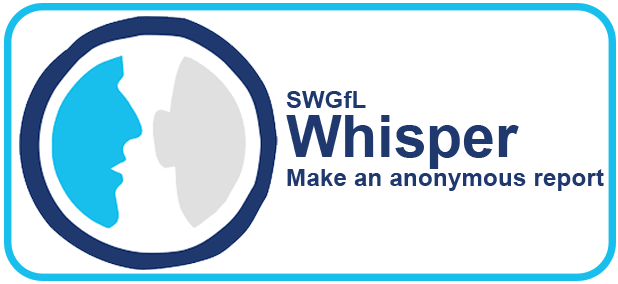EAL
The EAL (English as an Additional Language) provision seeks to improve the educational outcomes of disadvantaged pupils in the UK who use English as an Additional Language, in order to access mainstream education like the rest of their peers. It also aims to allow them
to communicate effectively at school as well as in the wider community, becoming
fully functional citizens.
The EAL provision has been created to allow pupils to have excellent support, as
well as a safe environment where pupils can be more confident with their peers,
build resilience and reflect on their learning. EAL classes offer a long-term
intervention which enables pupils to become effective lifelong learners.
Criteria for entry to the EAL Provision
EAL Assessments
- Pupils are assessed on entry to the school, taking cognitive ability tests
(CAT). For pupils already in school, they can access the EAL provision
through the referral process. - If pupils require additional EAL classes (Level A, B, C, D or E) this is
communicated to teachers and families. - Pupils will join different classes according to their level of proficiency in
English.
Teaching & Learning and EAL classes
- EAL pupils also attend some mainstream lessons. This facilitates a quicker
acquisition of the language, with additional support provided by adapted
teaching and specific resources.
What is the EAL Proficiency Assessment?
The assessment tests pupils in the four main skill areas of language: reading,
writing, speaking and listening. They are tested according to these criteria:
Band A: New to English
- Have minimal or no literacy in English
- May be literate in Home Language
- May be starting to recognise some words, letters and phonemes
- Can match pictures with taught words
Band B: Early Acquisition
- Recognise high frequency words and decodes unfamiliar words
- Can read simple sentences or a short text
- Understand basic punctuation and read using cues from punctuation
- Begin to navigate curriculum content
Band C: Developing Competence
- Can understand a wider range of grammar such as different tenses, question forms, verb structure, prefixes and suffixes
- Can answer how/why questions
- Can decipher unfamiliar words from context
- Can read short texts aloud with improving intonation
Band D: Competent
- Can write competently, independently and at length
- Can understand a wider range of grammar such as different tenses and active and passive voice
- Can correct the spelling of curriculum vocabulary and edit own work for accuracy and appropriateness
- Can target writing for different purpose and audiences and can write texts as stories, summaries, essays and arguments
Band E: Fluent
- Can cope with writing demands in all curriculum areas
- Can summarise information from a number of sources
- Can justify and debate opinions
- Can write texts suitable for specific audiences and purpose
- Reviews and revises own work
- Show full control of grammatical features, including a wide variety of tenses
- Express ideas appropriately for age group
Exit Criteria for EAL Provision
Pupils will be assessed on their proficiency of the English Language through the
use of two assessment platforms, The Bell Foundation and The Flash Academy.
The Bell Foundation
The Bell Foundation provides an award-winning EAL assessment framework for
schools and a digital EAL assessment tracker, which are designed to assist teachers
in conducting assessment proficiency in English language assessment and tracking
their progress.
The Flash Academy
The Flash Academy is an award-winning language learning platform for EAL
pupils. Assessment here is based on the Department for Education’s recommended
proficiency bands. Pupils receive a grade from A (New to English) to E (Fluent) for
each skill tested, as well as a best fit, overall band. Also, teachers can improve
teaching strategy with curriculum-aligned content from each child’s Home Language with which to track pupil progress and a teaching strategies document to support pupils according to their band.
Exit Assessments
Cognition & Learning
- Can cope with writing demands in all curriculum areas
- Can write competently, independently and at length
- Reviews and revises own work
- Show full control of grammatical features, including a wide variety of tenses
- Can write texts suitable for specific audiences and purpose
- Can correct the speeling of curriculum vocabulary and edit own work for accuracy and appropriateness
- Can target writing for different purpose and audiences and can write texts as stories, summaries, essays and arguments
Social, Emotional and Mental Health
- Progress in resilience, independence, confidence and self-esteem
- Develop positive attachment and emotional intelligence
- Are respectful by taking pride in their work
Communication and Interaction
- Interact positively with other pupils and the school environment
- Can communicate own needs - asking for help and support in class
- Are responsible, know how to behave in different social situations and understand why pupils have o behave in different ways
Sensory & Physical
- Can manage sensory needs appropriately through learned strategies
- Can communicate sensory and physical needs
- Are reflective and consistently thinking critically to improve the quality of work
- Can learn from others
- Are resilient by working hard to complete tasks to a good standard.


